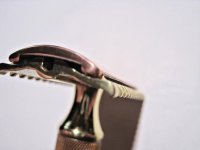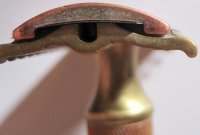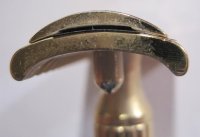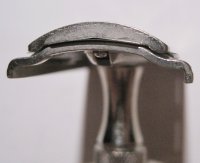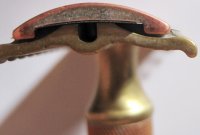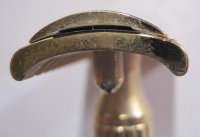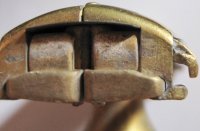Ron R
I survived a lathey foreman
Basically a person who tinkers a little is making a hybrid adjustable to his liking is the way I see it in simple form.Final Thoughts
Different reactions to this guide are expected. Whatever you might think about it, please, at least THINK about it. Even if you might be against the idea of modifying razors, you could use this guide to briefly investigate changes in blade exposure and guard span, which could lead to a better understanding of what works best for you and ultimately lead to razors that are better suited for you. Look at me. At first, I was against the idea of modifying razors out of principle, but now, I experiment with razor modifications and I'm the one who just put together a guide for others to tinker with their razors.
I shim my razors if they are not rigid enough(shim the bottom of cutting blade) or I'm curious if they could have a little more efficiency. To make a razor head is not a easy task for anyone or machine to keep it accurate when manufacturing!



